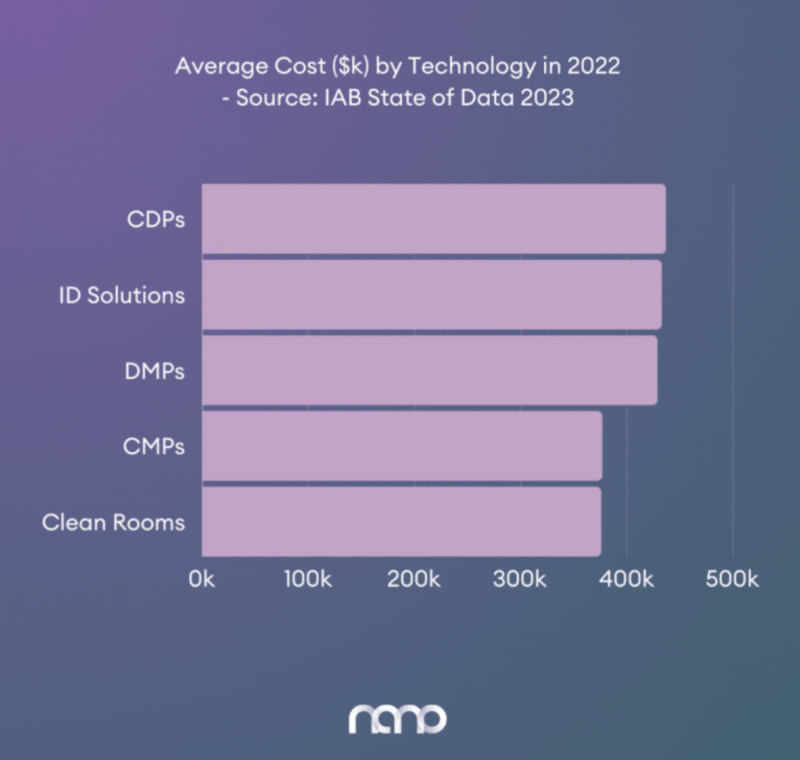With the advances around agentic AI and LLMs, the ad market has good reason to look up – to a future of greater impact, speed and most of all results for its clients.
But I also believe it’s short-sighted to think, in the face of AI – or any new technology – that the challenges holding back brands and agencies in the present will magically go away.
And those challenges are less about the future, more the past. Perhaps even stretching back to the birth of programmatic.
Signal Loss an Overriding Trend
As in other markets, across EMEA signal loss has come to a head – as an overriding trend impacting targeting, measurement and performance.
Of course, Google Chrome’s on-off relationship with cookies is the example we’ve all heard about. Too much so, some would argue.
On the other hand, we’ve maybe not heard enough how those constantly shifting deadlines impacted us all. Time and investment lost, focus and revenue impact – all that can never be fully measured or accounted for.
And whether we’re still using cookies, or a cookie-like alternative – if the whole experience will repeat itself again, further down the road.

Fragmentation of Identity
When discussing signal loss fallout, I would also include within that the wide range of alternative people-based signals and email-based IDs in market. Many of these have come to the fore as a side-effect of Chrome cookie-gate.
With more IDs come greater operational cost and complexity, plus challenges around managing privacy and consumer expectations. Not to mention the performance impact of this fragmentation of identity.
There is a view at a high level in the agency world across the major EU markets that IDs and ID stitching do not represent good practice. Nor are they the way forward in terms of privacy and the wider reputation of media.
For all of the reasons listed above, buyers are coming on board with intent targeting – an approach which avoids many of the above headaches, and without relying on micro-tracking or profiling the individual.
But how exactly do we define intent?
Intent – the Original Promise of Programmatic
The original promise of programmatic was beautifully simple: reaching the right person, in the right place, at the right time.
With the benefit of hindsight, people-based targeting struggled to achieve all three from the very start. How could it be otherwise, when you consider it is based purely on past or historical data? And that it follows the user wherever they are and whatever they do – but only occasionally (if at all) considers context?
Meanwhile, online intent signals — such as search behaviour, content consumption and engagement patterns — indicate real-time interest in products, brands, topics or events. These signals help advertisers target users at key moments in their purchase journey, while respecting privacy.
Cookie Conundrum
Meanwhile, across Europe, I know of companies still operating 80-85% of their business based on cookies.
This is while coverage is likely less than 30% at present – largely on Chrome alone, discounting opt outs and ‘maskers’. And overall cookie addressability is set to plateau at 13% across the board, according to eMarketer.
Internally, your reporting may be telling you everything is fine. But what are some of the likely ‘real world’ impacts of continuing to ignore this state of play?
Real World Impacts
Without a doubt you are only speaking to a small portion of the overall online audience.
Certainly, you are discounting Apple users, with its Safari browser doing away with cookies as far back as 2020. And not to mention the high net worth users more likely to be using VPNs and incognito browsing, as Nano’s Behind the Mask research revealed.
Again, wasn’t part of the original promise of digital that you could and would reach far and wide, across the population?
With the advances of gen AI and LLMs, with good reason many are excited about a more advanced, accurate and powerful future for adtech.
But first, we also need to address the challenges holding back brands and agencies across EMEA in the here and now. These are coming to a head with signal loss.
Embracing intent over tracking identity will be a key factor to building future success.
To find out more about how Nano can help your next campaign stand out, without signal loss limiting reaching the right audience, get in touch.







